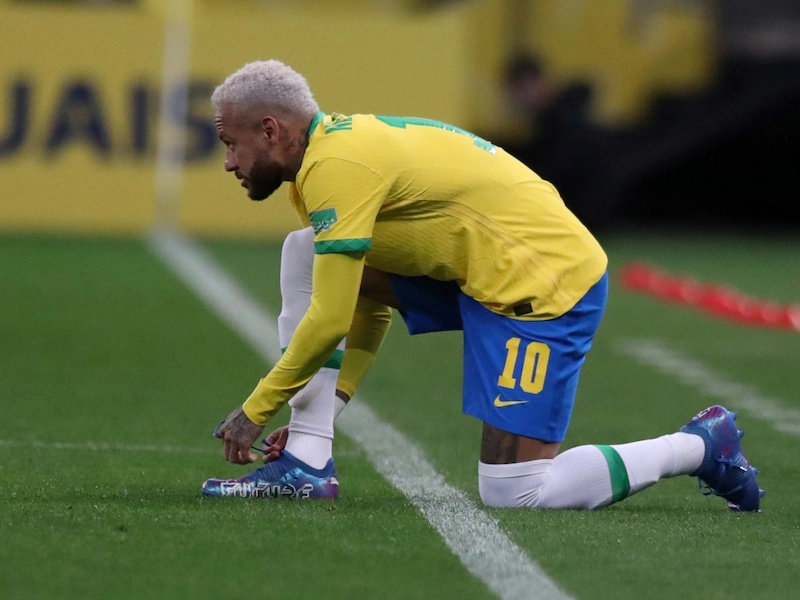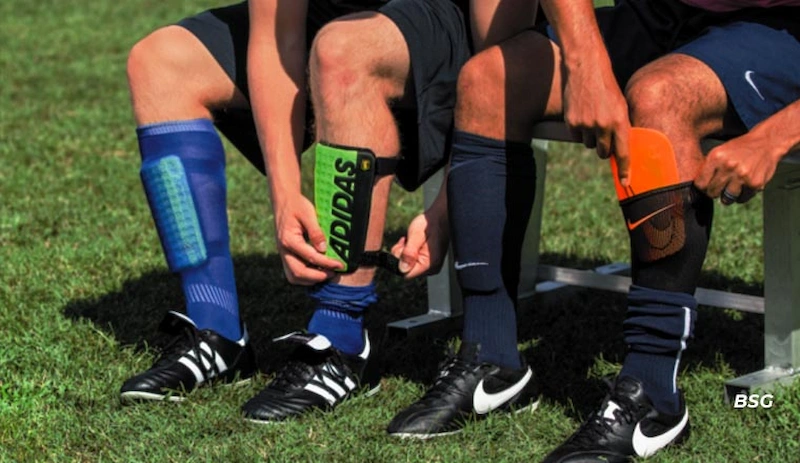Soccer Players Wear regulations play an important role in ensuring fairness, safety, and professionalism in every match. These regulations not only help maintain the unity of the teams but also help protect the health of the players. Let’s explore the detailed requirements of the uniform with 30JILI in this article.
What is the Soccer Players’ Wear Rule?

In professional soccer, player attire is not only an aesthetic issue but also has a direct impact on the match. FIFA and national football federations have clear regulations on competition attire to ensure consistency and safety for players.
Many people believe that clothing or footwear does not affect the outcome of the match, but in fact, this directly affects performance and fairness. Without specific regulations, players may use inappropriate equipment or endanger opponents.
Soccer Players Wear – General Rules
Below are the basic regulations on the Soccer Players’ Wear rule, to ensure safety, fairness, and comfort throughout the match. These regulations not only help the ball carrier maintain his form but also create a professional and even competition environment.

Jerseys
The jerseys must be designed with clear numbers and names, not obscuring important information. The jersey color must be consistent for the entire team, creating unity and easy identification throughout the match. The jerseys are not allowed to have images or advertisements that distract attention, unless approved by the tournament organizers.
Trousers
The shorts must be designed to match the team’s outfit, ensuring comfort in every movement. Regulations on the length of the shorts may change depending on the tournament, but must not reduce the effectiveness of movement. Players must wear shorts that do not cause obstacles or difficulties in the dispute.
Trousers must have studs suitable for the field conditions, helping the player move flexibly and safely. The shoes must not have sharp parts or obstacles that are dangerous to the player or the opponent. The shoe material must ensure comfort, durability, and no injury during the match.
Shin protectors and protective shoes
According to the player’s uniform rules, shin protectors must be worn to minimize the risk of injury when participating in conflict situations. Shin protectors can be made of hard or soft materials, but must ensure safety. For players in positions that are subject to strong impacts, the use of additional protective shoes can help minimize the risk of injury.

Competition socks
Competition socks should be long and the legs should not hinder movement, while protecting the shin area. They should be designed to fit well, not too tight or too loose, so that the player feels comfortable and flexible. The color of the socks should be consistent with the team’s competition outfit, creating consistency in the team’s image.
Gloves and other protective equipment
Goalkeepers should wear gloves to protect their hands and increase their ability to block the ball, allowing them to control the ball effectively and safely. Other protective equipment, such as headbands, armbands, or ankle guards, can be used to reduce injuries in collision situations. This equipment should be carefully selected to ensure protection without reducing flexibility and comfort during play.
Other accessories
Players are not allowed to wear jewelry, watches, or accessories that could be dangerous during play. Wearing inappropriate items could cause injury to the player or opponents. However, in some cases, tournaments may allow players to wear armbands or other small accessories that do not affect safety during play.
